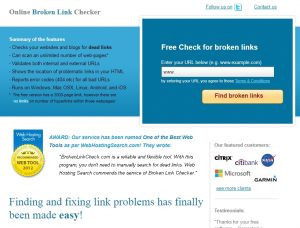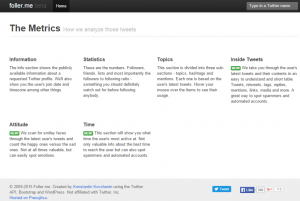by George Bilbrey, November 12, 2014
Reputation matters more than ever. That’s the clearest takeaway from our most recent research into sender reputation and inbox placement. Looking at the entire mailstream segmented by IP reputation shows that messages from the top-ranked senders reach the inbox, while everyone else struggles or outright fails. Compared to past years, the reputation bar is far, far higher now.
The reputation of your sending IP(s) is one facet of mailbox providers’ decision making for inbox placement, along with a number of others including the reputation of your domain and subscriber-level assessment of reputation (based on how individuals interact with your messages). These last two are more recent developments, but our data shows that IP reputation remains critical for reaching your subscribers.
To track how IP reputation affects deliverability, we use a score that is a proxy for reputation based on a host of factors that mailbox providers evaluate. Every IP is scored on a 0-100 scale. Once we know a marketer’s score, we can compare it to inbox placement rates (IPR) to gauge the relationship between them.
Getting into the inbox is getting tougher for senders with better reputations, too. Senders scoring between 71 and 80 now get 58% of their messages to the inbox; they used to get 68%. The hardest-hit group has scores between 81 and 90. They now get 79% of their mail to the inbox, down from 92%. Even the 91-100 group, which used to reach the inbox 95% of the time, has slipped to 92%. Senders are simply being held to a higher standard. What used to be a good IP reputation doesn’t count for much today; only senders with great reputations consistently reach their subscribers.
Lots of factors influence reputation, and while bigger mailbox providers balance positive signals like read rates and This Is Not Spam (TINS) reports against the negatives, others, especially smaller providers, focus mainly on the negative.
No factor stands out like complaint rates. Mail from the top-scoring group was five times less likely to trigger complaints than messages from the next best-scoring group. Senders with sterling reputations distinguish themselves mostly by low complaint rates, and mailbox providers reward them handsomely.
As an email marketer, you have real money riding on your reputation. Your program performance depends on it, there’s opportunity for meaningful improvement even at the highest echelons of IP reputation, and the best-performing brands are already getting it right and building huge leads.
Once you get a clearer picture of how mailbox providers assess your reputation, prioritize complaint reduction. Understand what triggers complaints and start eliminating the causes. Start with subscriber acquisition, and make sure people know exactly what to expect from you. Then make sure that people who want to change their subscription can do it (easily) without complaining, ideally opting into different frequencies or content rather than unsubscribing altogether. And look for correlations between shifts in your program and complaints. Changes in frequency and content commonly spark complaints, but so do changing the day and even time of delivery.
Strengthening your sender reputation, especially through complaint reduction, will improve multiple aspects of your email marketing performance, but none is more critical than maintaining your ability to reach subscribers. As mailbox providers continue to apply increasing scrutiny, maintaining the best possible reputation is a matter of survival.
MediaPost | Email Insider
(267)
Report Post




